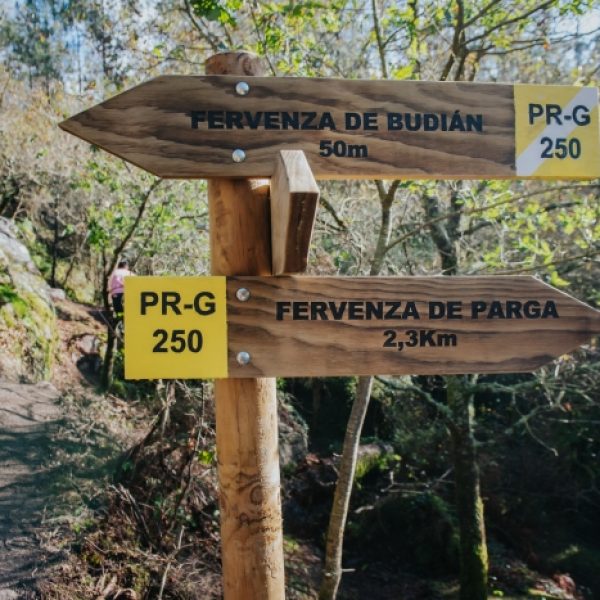Costa da Morte, sustainable tourist destination
The religious heritage in Costa da Morte has more influences than the Christian, something that can be observed in the conservation of traditions such as the bonfires in San Juan. Pagan rites and formulas merged with the Christian religion and its forms, giving rise to a unique culture and constructions that you can only find in this territory. Here you will find more information about the Costa da Morte and its religious heritage as well as the locations of the existing points of interest in this section.
A Costa da Morte is the beginning and the end of all roads. The place where you can close a past stage to start a new one, as millions of people have already done throughout history.
An example is the apostle Santiago who, according to legend, traveled through Costa da Morte in life trying to evangelize its inhabitants until the Virgin herself met him at Punta de la Barca to tell him that he had already fulfilled his mission in these lands and that he would travel them again, but after his death.
Santiago the Apostle would return to Costa da Morte in a stone sarcophagus and this would give rise to one of the most emblematic paths: the Camino de Santiago. But do you know where this one ends?
If you answered Costa da Morte you were right.
Although it is commonly located specifically in Fisterra, history has shown how Costa da Morte was generally the last stretch for walkers before starting the return to their place of origin, especially for those who made the Camino by sea.
This has left thousands of imprints that you can observe in the religious architecture of Costa da Morte that through its ties with the Camino and the city of Santiago impregnated this territory with a unique architectural style.
Discover all the secrets of the Costa da Morte
Origin of Earth, Sky, and Sea
Discover unique landscapes and historical monuments that will take your breath away.
Live unforgettable adventures with activities for all tastes and ages.
We show you how to get there and how to get around on the Costa da Morte.
Subscribe to our newsletter and receive the best recommendations about the Costa da Morte. Keep up to date with events, routes, gastronomy and unique experiences for your next visit. Don’t miss anything of this magical land!
